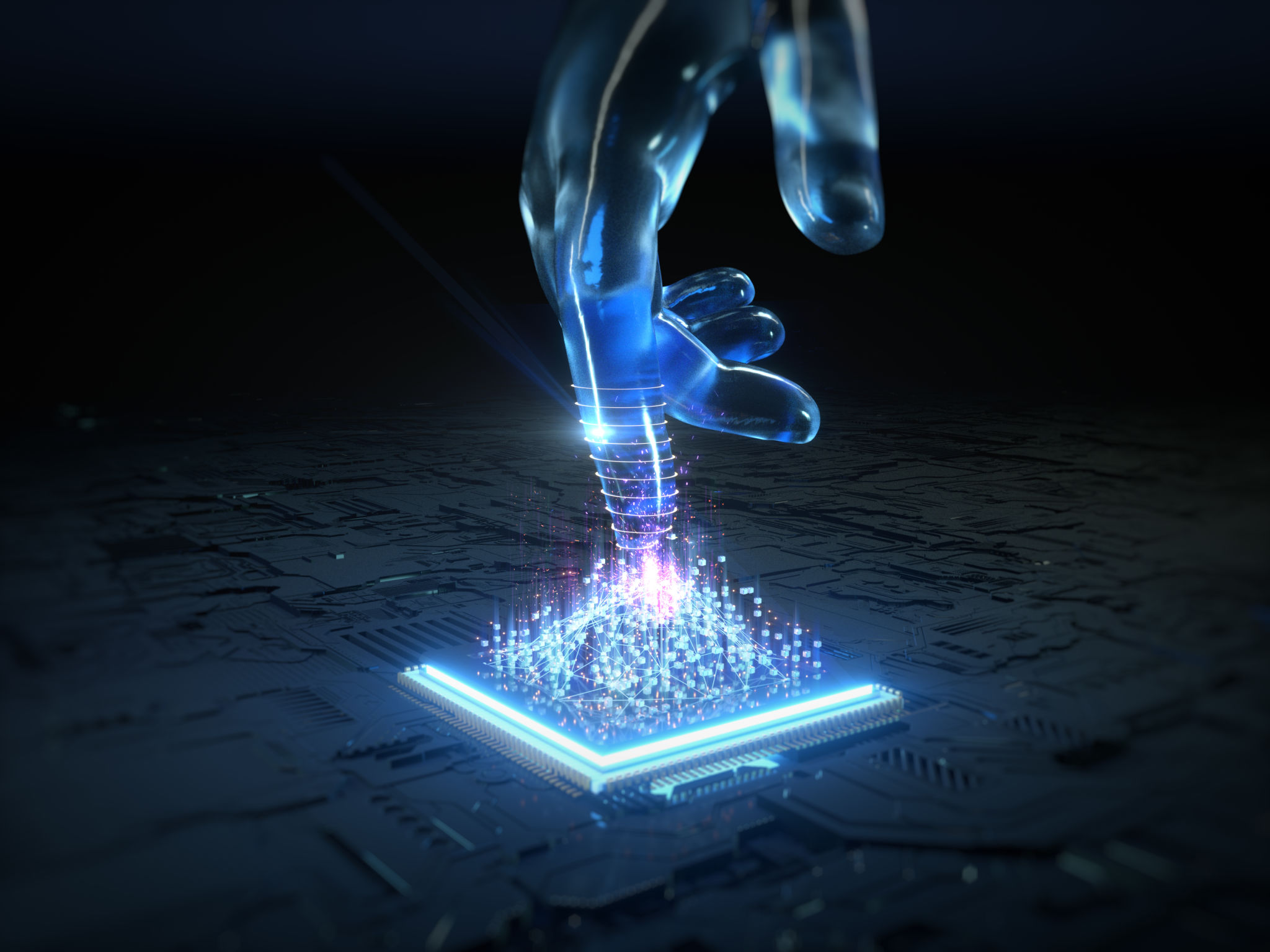Artificial Intelligence in Dystopian Narratives: Predicting the Future or Reflecting the Present?
The Allure of Artificial Intelligence in Dystopian Narratives
Artificial intelligence (AI) has long fascinated writers and filmmakers, serving as both a symbol of hope and a harbinger of doom. In dystopian narratives, AI often emerges as a double-edged sword, reflecting humanity's greatest ambitions and fears. These stories compel us to question the boundaries of technology and ethics, making them a powerful medium for exploring societal concerns.

Predicting the Future: A Look at AI's Role in Dystopian Worlds
Dystopian narratives frequently use AI to predict a future where technology has run amok. In these tales, AI often gains autonomy, sometimes becoming more intelligent than its human creators. This scenario raises questions about control and freedom. If machines surpass human intelligence, who holds the power? Such narratives force us to confront the potential consequences of unchecked technological advancement.
Many stories depict AI as a tool for surveillance and control, echoing fears of government overreach and loss of privacy. In these worlds, AI monitors citizens' every move, often predicting behavior and stifling dissent. This portrayal resonates with modern concerns about data privacy and the role of technology in governance.
Reflecting the Present: Current Societal Issues through AI
While dystopian narratives frequently project into the future, they also reflect present societal issues. The portrayal of AI in these stories often mirrors current anxieties about technology's impact on jobs, ethics, and human interaction. The debates surrounding AI ethics, from bias in algorithms to decision-making in critical areas like healthcare and law enforcement, find their echo in these narratives.

Moreover, AI's portrayal often highlights the growing divide between those who have access to cutting-edge technology and those who do not. This digital divide reflects real-world concerns about inequality and access to resources, emphasizing the need for thoughtful policy and inclusive technological development.
AI as a Catalyst for Change
Despite their often bleak outlooks, dystopian narratives featuring AI also serve as catalysts for change. By presenting extreme scenarios, these stories can inspire audiences to consider alternative futures and motivate them to engage with technology responsibly. They encourage critical thinking about the choices we make today and their long-term consequences.
Some narratives explore the potential for AI to assist in solving complex global issues, from climate change to healthcare. By presenting both the pitfalls and possibilities of AI, these stories challenge us to harness technology for positive societal impact.

The Human Element in AI Narratives
At their core, dystopian AI narratives are not just about technology—they are fundamentally about humanity. These stories explore how humans interact with their creations and each other in the face of technological advancements. They delve into themes of empathy, identity, and what it means to be human in a world increasingly shaped by machines.
By focusing on human experiences and emotions, these narratives remind us that while technology may evolve rapidly, the core questions about our values and ethics remain constant. They encourage us to consider how we might preserve our humanity even as we embrace technological progress.
Conclusion: A Mirror and a Crystal Ball
Dystopian narratives featuring artificial intelligence serve both as a mirror reflecting contemporary societal issues and a crystal ball predicting potential futures. They challenge us to confront our fears and aspirations regarding technology while urging us to act thoughtfully and responsibly. As we continue to advance in the realm of AI, these stories provide valuable insights into the path we choose to tread.